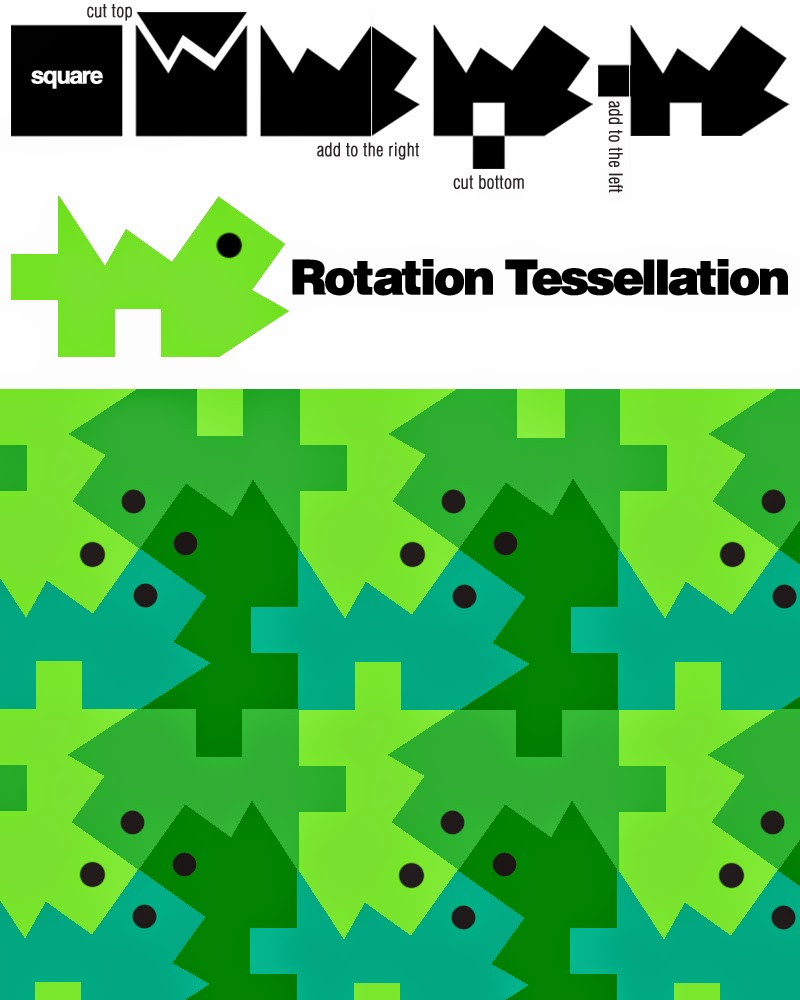

It was also really slow, and if you recursed too many times, it could cause the browser window to hang. I never really talked about that first implementation because I knew it was a hack. You see, my hacky implementation has been haunting me all this while. Approach 2: actually read literature on the thingįour years later in 2019 I decided to reimplement the Koch tessellation to create an SVG version so I could use a plotter to draw it. The little circles were there for debugging but I liked them so much that I just left them in. Given the side length of an equilateral triangle, l, it’s area, A can be written asĤ iterations of tessellations. But I was lazy and just went with the formula to find the area of an equilateral triangle.

There are ways to estimate the surface area of a Koch snowflake 2. With this information, I can use a formula approximating the surface area of a snowflake given its edge length to reverse engineer the length of a snowflake with a third of the area. I can’t find the source for this for the life of me, so you’ll just have to take my word for it 1. In 2015, I read somewhere that the smaller snowflake will have a third area of the larger one. But which two sizes? Approach 1: estimating from area We know that it’s not possible to do with only one size – you need two sizes of the snowflake. There are also a lot of articles on the Koch snowflake out there so I’m not gonna do too much into it.īut did you know that the Koch snowflake shape (not just the curve) can be recursed upon? I found out about this from the Wikipedia page, but couldn’t really find any implementations in code. I talk about it in my 2016 !!Con talk on L-Systems, another concept I’m fond of.


 0 kommentar(er)
0 kommentar(er)
